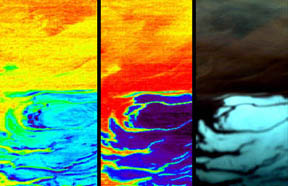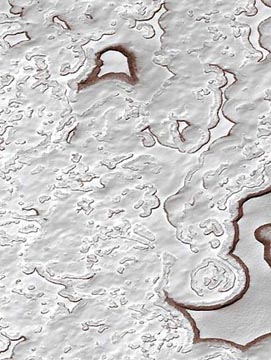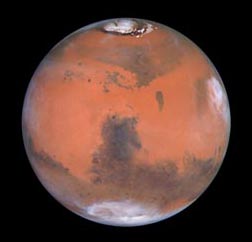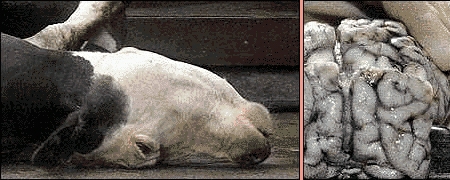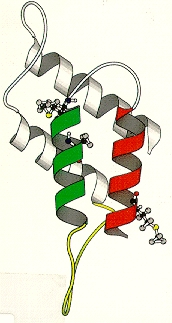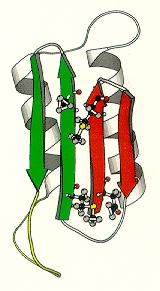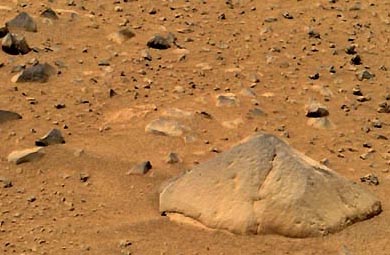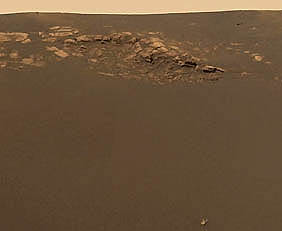March 8, 2004 Darmstadt, Germany
European Space Agency (ESA)
Beagle 2 Video Shows Bright Object
European scientists said today they are examining a strange blot of an unidentified object in the same frame with its Beagle 2 Mars lander photographed right after the lander separated from its mothership. Beagle 2 was supposed to have landed and operated on December 25, 2003, but there has been only silence and its fate is unknown.
Mark Sims, ESA's Beagle 2 Mission Manager, is trying to figure out if an image of a bright spot on the shady side of the lander, and another bright spot on Beagle 2 are results of image processing or could be an event that might have affected Beagle 2's trajectory. Sims said, "The bright object and the glint on the side of Beagle 2 may be nothing, they may be everything."
Click here to subscribe and get instant access to read this report.
Click here to check your existing subscription status.
Existing members, login below:





